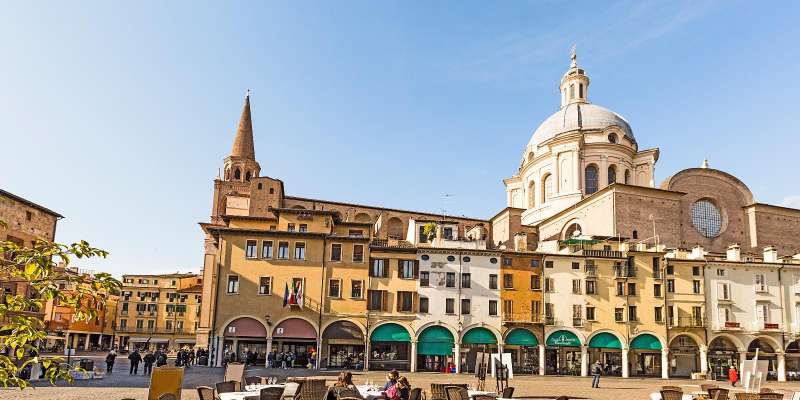- Home
- Useful Tips
- Visiting Mantua's historic...
Exploring Mantua's historic apothecaries offers a unique glimpse into Renaissance medicine, but many travelers miss these hidden treasures due to limited information and confusing opening hours. Over 70% of visitors to Mantua focus solely on its palaces, unaware that these beautifully preserved pharmacies contain rare herbariums, antique ceramic jars, and centuries-old medical manuscripts. The frustration of arriving to find a 'closed for restoration' sign or missing a guided demonstration of traditional remedy preparation can turn what should be a fascinating experience into a disappointing detour. With some apothecaries operating as active businesses and others functioning as small museums, knowing which require advance bookings versus those welcoming walk-ins makes all the difference in crafting an efficient itinerary through Mantua's lesser-known medical history.


Navigating Mantua's scattered apothecary locations without wasted steps
Mantua's historic pharmacies hide in plain sight, their unassuming facades blending into the city's cobbled streets. The three most significant – Farmacia Santa Maria della Grazie, Spezieria di Palazzo Te, and Antica Farmacia Mondadori – form a triangle across the historic center, but public transport between them proves impractical. Smart visitors start at the 16th-century Farmacia Santa Maria near the Basilica, where original walnut cabinets display rare Venetian glass vessels. From here, a 12-minute walk past Piazza delle Erbe leads to Palazzo Te's reconstructed apothecary, its vaulted ceiling frescoed with medicinal plants. Save the Mondadori pharmacy for last, as this still-operating business closes for lunch. Morning arrivals catch staff demonstrating traditional weighing techniques using antique brass scales, a detail most daytime tourists miss.
Decoding complex opening hours for stress-free visits
The inconsistent operating schedules of Mantua's apothecary collections baffle even seasoned travelers. Santa Maria della Grazie operates as a museum (Tuesday-Sunday 10am-1pm), while Mondadori functions as a modern pharmacy with historic displays (Monday-Friday 8:30am-12:30pm and 3:30-7:30pm). Palazzo Te's spezieria follows the main complex's hours but often closes unexpectedly for research projects. Local guides recommend visiting before 11am when custodians have time to explain the exquisite mortars and bloodletting tools. On rainy weekends, queues form quickly at Santa Maria's tiny entrance – arriving at opening time guarantees unobstructed views of their prized 17th-century herbal encyclopedia. Savvy travelers check Mantua's university website for seasonal closures, as student researchers frequently access these collections.
Unlocking hidden apothecary artifacts most visitors overlook
Beyond the obvious showpieces, Mantua's pharmacies conceal extraordinary details visible only to informed visitors. At Santa Maria, asking the attendant about the 'secret room' reveals a closet-sized space where monks once prepared hallucinogenic remedies, its walls covered in cryptic distillation charts. Palazzo Te's collection includes a forgotten drawer of Renaissance-era wax disease models – gruesome but fascinating anatomical teaching tools. The Mondadori family occasionally shows privileged guests their archive of 18th-century prescription ledgers, documenting treatments for nobility. These intimate experiences require no extra fee, just polite inquiry and appreciation for the custodians' expertise. Photography restrictions vary wildly between sites, with Santa Maria prohibiting flash but allowing tripods for serious researchers upon request.
Where to stay for seamless apothecary exploration
Choosing accommodation near Mantua's historic center eliminates transit headaches when visiting these time-sensitive sites. The Palazzo Castiglioni boutique hotel, just 300 meters from Santa Maria della Grazie, occupies a former noble residence with its own small medicinal garden. Budget-conscious travelers favor guesthouses along Via Fernelli, where 15th-century buildings house affordable rooms above herbal remedy shops. For an immersive experience, agriturismos outside the city walls like Tenuta San Marzano offer workshops on traditional Lombardy plant medicine, connecting directly with the apothecaries' legacy. Wherever you stay, request rooms away from bustling Piazza Sordello – the quiet needed to appreciate these delicate historic spaces begins with restful nights.



